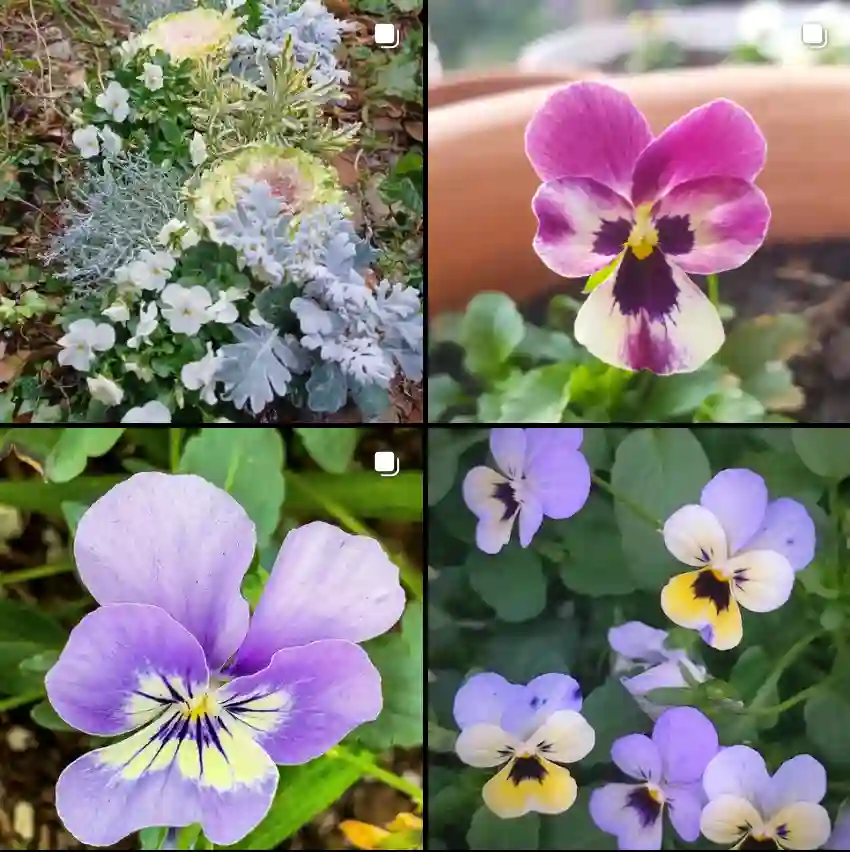
Tulipa Hungarica: A Breathtaking Wildflower Blooms in the Balkans
Hi, I’m Ferb Vu, and I’m fascinated by rare and beautiful wildflowers. Today, we’re diving into the world of Tulipa Hungarica, also known as the Danube Tulip, Banat Tulip, or Rhodope Tulip. This stunning wildflower graces the rocky mountainsides of Bulgaria, Romania, Hungary, and Slovenia, particularly along the Danube River’s dramatic gorges.
97 Species in Genus Tulipa – Tulip Flower
What is Tulipa Hungarica?
Tulipa Hungarica is a perennial flowering plant belonging to the Liliaceae family, specifically the Tulipa subgenus. This means it’s a close relative of the classic tulips that grace gardens worldwide. Unlike its domesticated cousins, Tulipa Hungarica thrives in the wild, bringing a pop of color to its rugged mountain habitat.
What Does Tulipa Hungarica Look Like?
Imagine a small, ovoid-shaped bulb nestled beneath the earth, wrapped in a brown, papery skin. This is the humble beginning of Tulipa Hungarica. When spring arrives, a single stem emerges, topped by a solitary, cup-shaped flower. The flower petals are typically a vibrant yellow, with some variations showcasing shades of red or pink. Unlike the plump, rounded blooms of cultivated tulips, Tulipa Hungarica’s flower boasts a more elegant, elongated form. The leaves are slender and green, adding a touch of contrast.
How Does Tulipa Hungarica Reproduce?
Tulipa Hungarica is a trooper, well-adapted to its rocky mountain home. It reproduces vegetatively, meaning new plants sprout from the original bulb. These “bulbils” grow directly on the main bulb, ensuring a steady population. This method also helps Tulipa Hungarica survive the harsh winters of its mountain habitat.
Can I Grow Tulipa Hungarica in My Garden?
Tulipa Hungarica thrives in a specific environment – full sun, well-drained soil, and the cool temperatures of a mountain climate. While some specialist nurseries offer Tulipa Hungarica bulbs, replicating these conditions in a typical garden setting can be challenging. However, if you have a cool, mountainous microclimate with excellent drainage, you might be able to cultivate this wild beauty. Just be aware that it’s a much more delicate proposition than planting a store-bought tulip bulb.
What are Some Interesting Facts About Tulipa Hungarica?
Here are some fascinating tidbits about Tulipa Hungarica:
- A Historical Mystery: Tulipa Hungarica was first described in 1882. However, there’s some debate about its exact origins. Some believe it’s a distinct species, while others consider it a natural hybrid.
- A Conservation Concern: Due to habitat loss and overcollection, Tulipa Hungarica is listed as a vulnerable species on the IUCN Red List. This means it needs careful conservation efforts to ensure its survival.
- A Balkan Beauty: The Danube River winds its way through the heart of Tulipa Hungarica’s natural habitat. This majestic river adds a dramatic backdrop to the vibrant wildflower displays.
Tulipa Hungarica vs. Cultivated Tulips
While Tulipa Hungarica shares a genus with cultivated tulips, there are some key differences:
- Habitat: Tulipa Hungarica is a wildflower, while cultivated tulips are bred for gardens.
- Flower Form: Cultivated tulips come in a wider variety of shapes and sizes, often with double blooms, while Tulipa Hungarica has a single, elegant flower.
- Color Range: Cultivated tulips boast a vast color spectrum, while Tulipa Hungarica is typically yellow with occasional variations of red or pink.
- Climate: Tulipa Hungarica thrives in cool mountain climates, while cultivated tulips can adapt to a wider range of temperatures.
Conclusion: Tulipa Hungarica’s Allure
Tulipa Hungarica’s beauty lies in its wild elegance. It’s a reminder of the resilience of nature and the unique flora that graces specific ecosystems. By learning about and appreciating this remarkable wildflower, we can contribute to conservation efforts and ensure its continued existence for future generations to admire.
If i die, water my plants!



